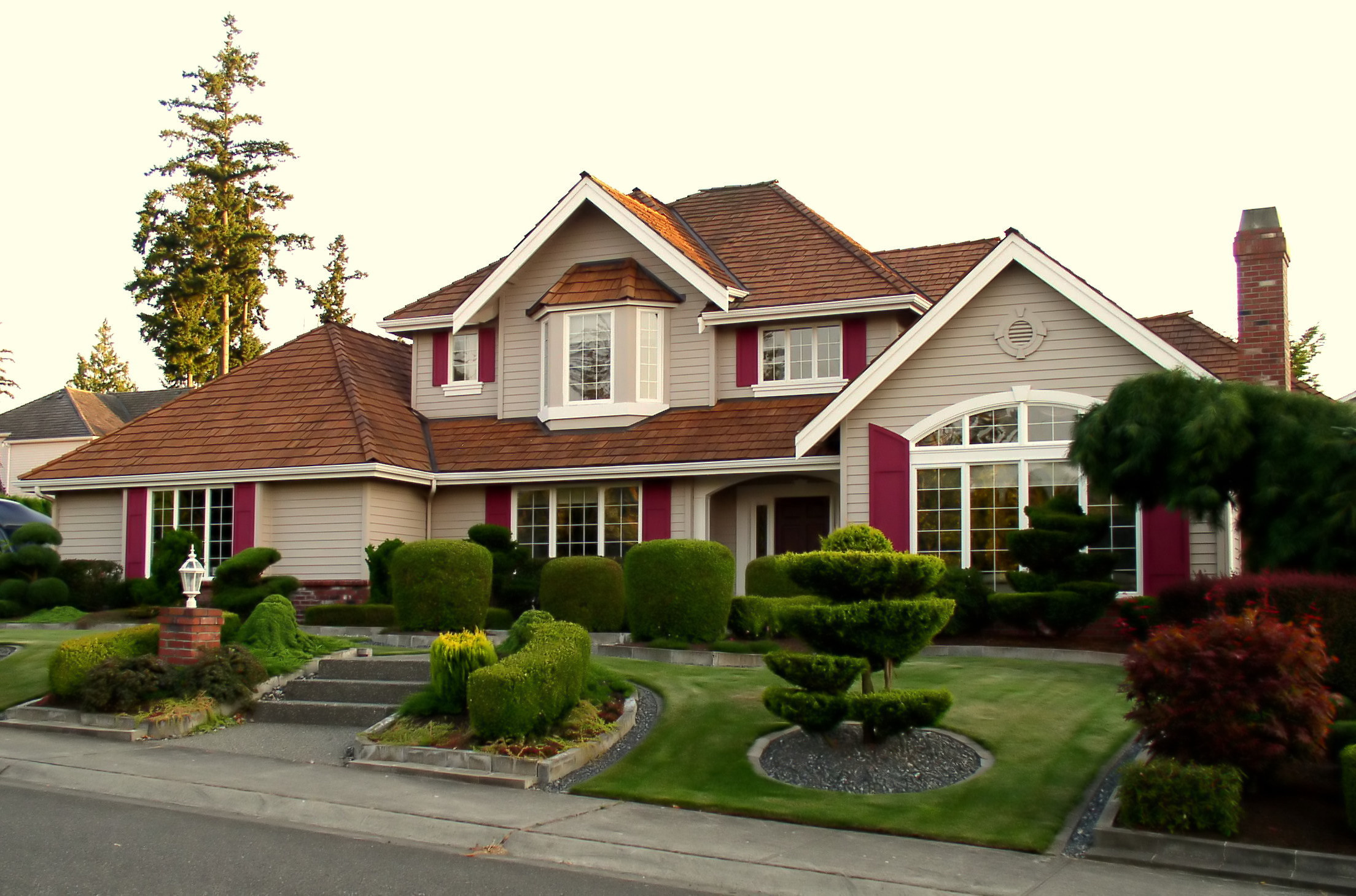All cedars tend to turn a satin gray with age if left untreated.
Leaving cedar siding untreated.
If you leave cedar wood untreated it will not succumb to the devastating effects of mold rot and insect damage.
Other types of siding can only hope to imitate the timeless beauty of cedar and its rich textures and grain.
Cedar has natural antibacterial and anti fungal properties allowing you to leave the wood untreated without worry of excess warping rotting and cracking.
Too much direct sun causes the siding to dry out warp and crack.
As albany fence designs mentions the natural forces of nature such as wind and rain will slowly cause untreated cedar wood structures such as fences and furniture to fade.
From a structural standpoint cedar more than holds its own.
However the natural rich coloring can be preserved with routine power washing and a fresh coat of stain or sealant.
While untreated cedar siding shingles offer an attractive weathered look they are more prone to damage caused by weather insects and other conditions.
Treatments for cedar siding maintenance.
Stained cedar siding requires more maintenance than other woods but also lasts longer.
It does weather though changing color throughout time offering a much more rugged look than stained cedar siding offers.
To avoid this type of damage an option for you is to pick cedar siding shingles that have been factory treated or sealed.
Cedar wood deteriorates slowly due to its abundance of natural oils.
Untreated cedar fences can go for many years before they need to be replaced.
Although weathering begins immediately with cedar it quickly slows to a crawl.
Boards used for clapboard siding have a uniform thickness and they are overlapped to leave no exposed gaps.
A thorough cleaning once or twice a year will greatly extend the life of cedar.
Horizontal installation is most common but clapboard siding can be used vertically too and diagonal installation in gables and other locations produces interesting aesthetics such as a sunburst design.

